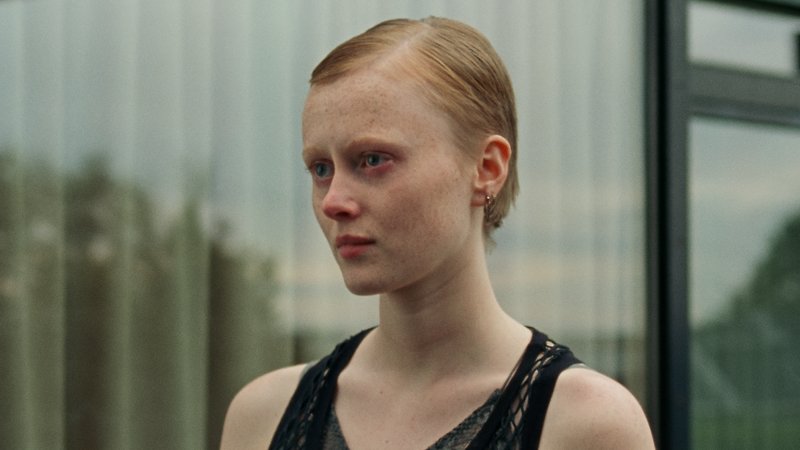A poignant and beautiful snapshot of grief that asks us, how can you know what to do when the light breaks on the day following a major tragedy?

Rúnarsson’s film eschews easy melodrama for a more tacit, sensory exploration of the sudden connections that death forges among the living.
Screened as part of 2024
When the Light Breaks 2024
Ljósbrot
| Aug 16 | | ||
| Aug 19 | |
If you’ve known grief, you’ll know how long the pain lingers, but also how quickly it can come storming into the present. Rúnar Rúnarsson’s moving film perfectly captures the ripple effect of grief and the way it presents itself in different people; separately and together.
The film’s English title is left open to interpretation. Does it herald the breaking of a new dawn? Or is darkness ahead? When the Light Breaks takes place over 24 hours, opening with a romantically quiet moment; a couple watch the sunset over Iceland’s still waters. They affectionately jest, and exchange plans for the future – solo and shared.
The next day, a sudden and devastating accident tears these plans apart. As news spreads to a group of young, university-aged adults, it becomes increasingly clear why Una (Elín Hall) is unable to contact Diddi (Baldur Einarsson), who she just spent an intimate night with. Una is our focus, but we watch the tragedy bringing people together. The friends naturally rush to one another for comfort and hold their own kind of wake. Although the group’s connection is strong, things are stifled for Una when Diddi’s girlfriend arrives to mourn with them.
Rúnarsson is unafraid of lingering on a moment to allow the grit of reality to seep through the screen. We see these people experience the stages of grief at different times, in different ways, but always together. We watch them watch each other, noting each other’s triggers and emotional outbursts – embodying a profound understanding of one another, even those who aren’t so familiar. — Huia Haupapa